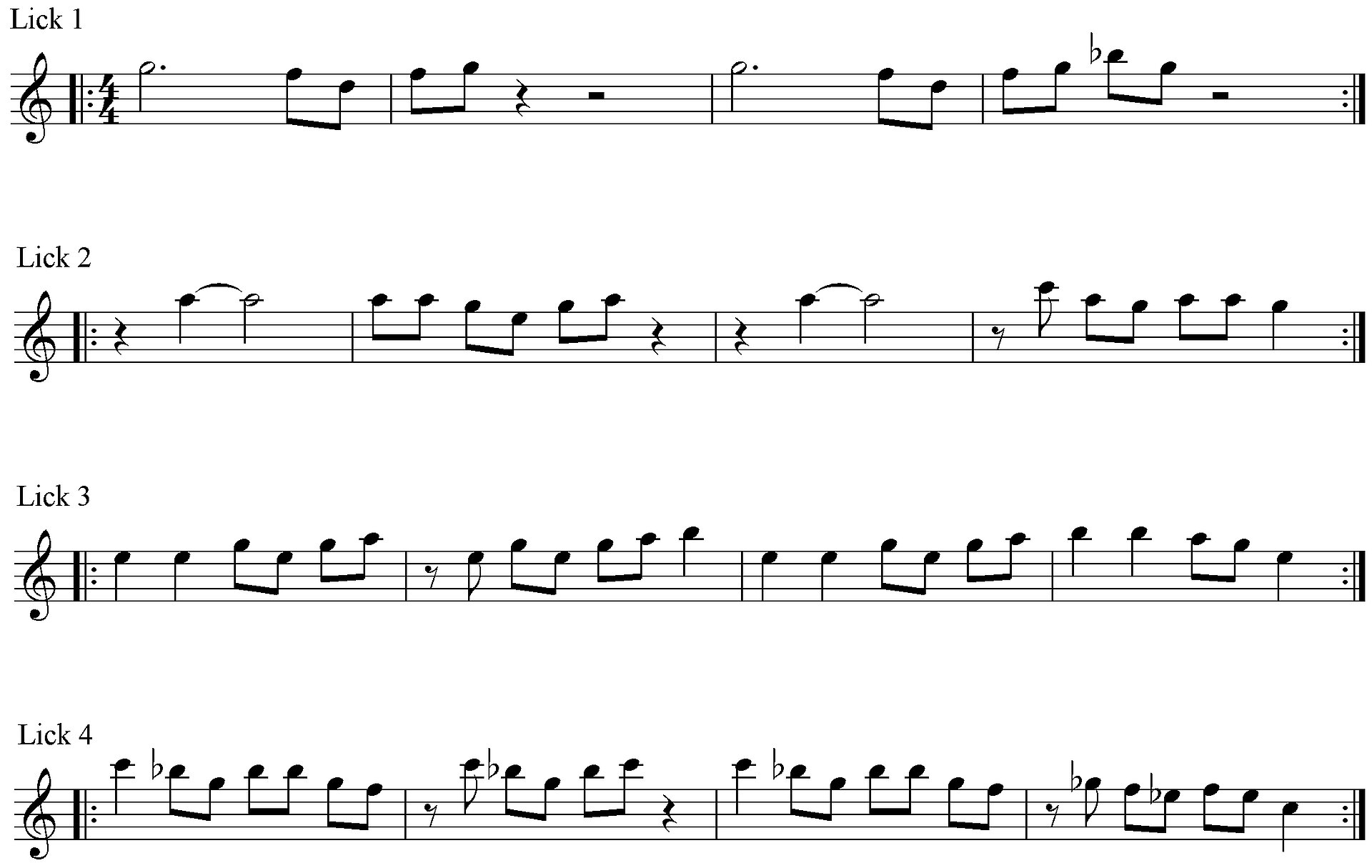Growling on the saxophone
Over de inhoud...
- Introduction
- The technique of Growling
- It is like learning how to ride a bike – once it works, you'll never forget it again.
- Exercise 1 – Growling with high notes
- Exercise 2 – Growling with low notes
- Exercise 3 – Now with the Fall Off (Glissando)
- Licks with Growl – The diaphragmental pressure is important as well
- Final words
Introduction
Anyone who doesn't know these very impressive and expressive saxophone soli which make the saxophone „scream“? In rock music, the first song that crosses your mind, is probably Tina Turner's „Simply the Best“ or Joe Cocker's „Unchain my heart“. Among the old masters of saxophone we should also mention King Curtis or Gato Barbieri and Pharao Sanders - who were very successful in the 70s' jazz times. But lets stay with the two rock songs mentioned above. In both solo sequences, the saxophone is played with a special sound technique that's called „Growl“ or „Growling“ - some saxophonists also call it „Vocalizing“.
The technique of Growling
The appropriate technique is actually pretty simple: In addition to the played saxophone tone we sing, hum or growl a second tone. It is not important which one, except that it shouldn't be same tone as the one you are playing on the saxophone right now because it would cause a strange bubbling. You prevent it best by consciously singing a low tone when there is a high saxophone passage and the opposite when there's a low passage. When it comes to the „Growl“ technique, it is actually not about the specific note you are singing or humming but about the resonation of your vocal cords which causes a „nasty“ or „scratchy“ sound.
It is like learning how to ride a bike – once it works, you'll never forget it again.
First, the explanation of „Growl“ sounds pretty simple (which it actually is). Nonetheless, many saxophonists struggle with it in the beginning because it is quite unusual to play and sing at the same time. But for who wants to learn this technique, it is like a kid learning how to ride a bicycle: they try and try and it doesn't really work and eventually they get the hang of it and simply master the technique without even thinking anymore. Same for the „Growl“: First, you might struggle with this way of playing but then you get it and don't have to practice anymore. You just master it.
Exercise 1 – Growling with high notes
„Practice“ - good key word
The easiest way to master this technique is to play a high note and sing a low one with it.
1) First of all, play an A in the second octave with a clear sound.
2) After this, you sing any low note. Above, I also called it humming or growling – so it doesn't have to be a perfectly beautiful note.
3) Now you sing the low note again and while singing, you take the saxophone into your mouth and play the high note with it.
That's it already. For some saxophonists, this works immediately, for others it takes time. Don't get frustrated and think of the example with riding a bicycle: simply try it many times and eventually you will master it.
Exercise 3 – Now with the Fall Off (Glissando)
In the following exercises, it is about the simultaneity of the played saxophone tone and the sung „Growl“ tone. Because it is a very expressive style in this exercise, it might sound nice if you end the last notes of every phrase with a so-called „Fall Off“ (a fast Glissando going downwards).
Licks with Growl – The diaphragmental pressure is important as well
Herein some melodic lines that show you how the „Growl“ can sound in a melodic context. You will remark that this sound comes out best with long notes and slow passages. Those points should be played powerfully and with enough diaphragmental pressure.
Final words
In the beginning of this article, I already mentioned some rock songs which contain „growling“ that comes out well. As jazz/instrumental pieces, „Watermelon Man“ and „Mercy“ are the ones that come to my mind immediately – but of course you can try out every song you find in your repertoire. Especially with wild and „bluesy“ titles, the „Growl“ can sound great.
With this in mind: have fun playing the saxophone!




